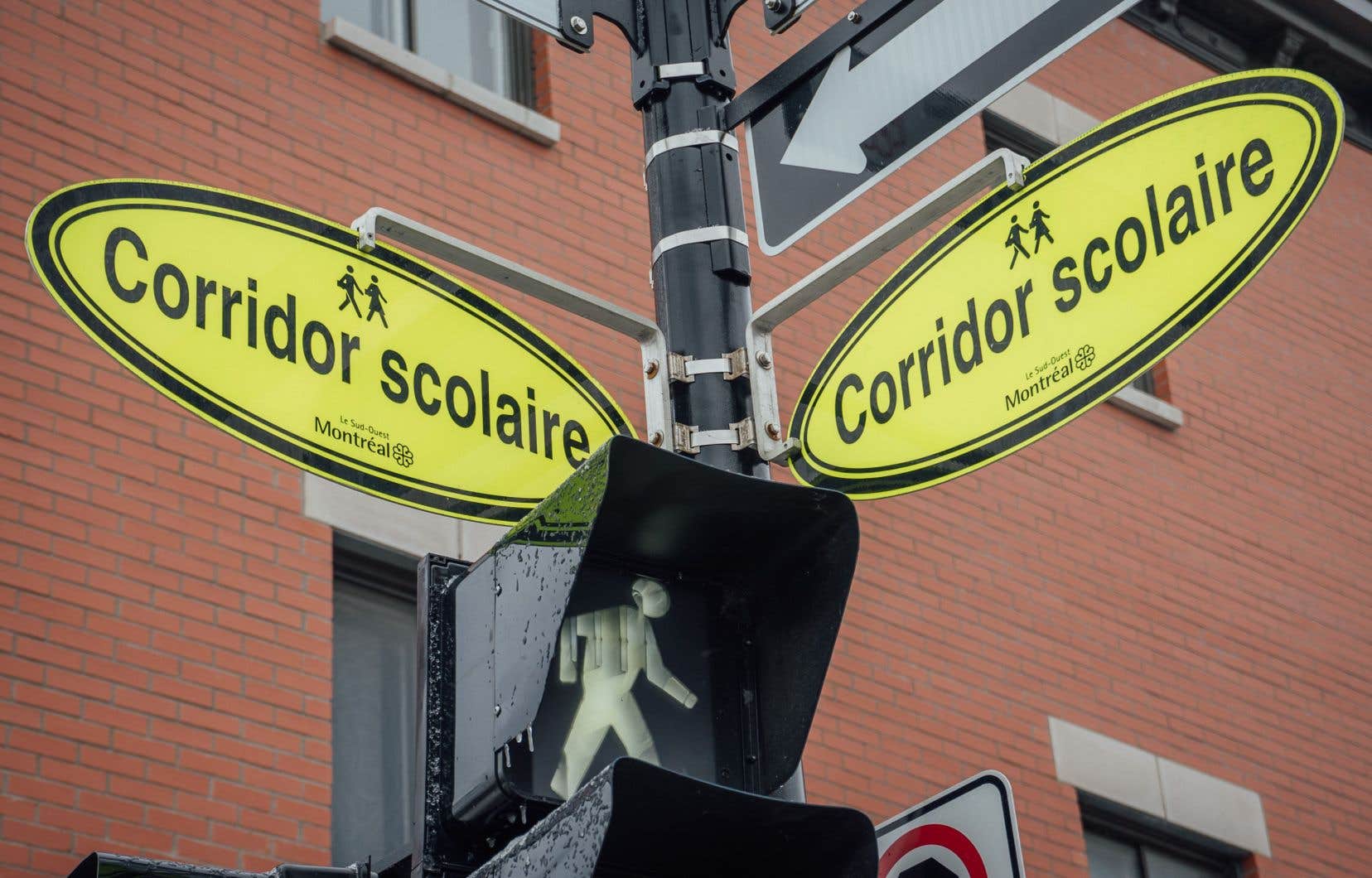If we are to believe a Léger survey carried out at the request of Piétons Québec, Quebecers are not on the same wavelength as their government on the issue of speed limits in school corridors. A vast majority of those questioned believe that 30 km/h or less is an “acceptable” speed limit in areas where children travel. And according to many respondents to the survey, a limit of 40 km/h could be considered by default in residential neighborhoods throughout Quebec.
In the wake of the study of Bill 48 aimed at modifying the Highway Safety Code, the organization Piétons Québec wanted to know if its demands concerning the lowering of speed limits in urban areas were shared by the population. A web survey carried out by the Léger firm among 1,004 respondents between February 23 and 25 reveals that 85% of respondents consider it “acceptable” to reduce the speed limit to 30 km/h or less on the streets used by children on the way to school. More precisely, 65% of respondents were in favor of a limit of 30 km/h, and 20% of a limit of 20 km/h.
Bill 48 plans to lower the speed limit to 30 km/h only in school zones defined as streets bordering the grounds of a school establishment.
However, Piétons Québec believes that this speed limit should apply in a larger sector, namely the streets leading to the school. “We did not expect such strong support,” commented the organization’s general director, Sandrine Cabana-Degani. “We knew that the 30 km/h proposal had come a long way. […] But the result of 85% demonstrates that the population is ready to move towards reducing speed beyond school zones. »
Last February, during the study of the bill led by the Minister of Transport, Geneviève Guilbault, Piétons Québec even requested that a speed limit of 30 km/h by default apply in urban areas throughout Quebec based on expert recommendations on the safety of the most vulnerable users. The survey indicates, however, that more Quebecers, in a proportion of 46%, favor a limit of 40 km/h for residential neighborhoods, with the exception of grand boulevards and commercial streets. The 30 km/h limit in these sectors still attracts 28% of respondents. “It is certain that we cannot impose wall-to-wall at 30 km/h everywhere because, in any case, it would not work. The developments must contribute to compliance with speed limits,” says M.me Cabana-Degani.
She also emphasizes that municipalities could, if they wish, display limits of 40 or 50 km/h on certain streets using signs. “The default 30 km/h works just as well in Saint-Flavien as in Ville-Marie, because it establishes a floor and the municipalities are autonomous and free to display different speeds. This is a very simple solution. » Last month, CAA-Quebec was among those who opposed Piétons Québec’s proposal.
In light of these results, it will be up to parliamentarians to decide, but Sandrine Cabana-Degani hopes that public opinion will convince decision-makers. “The survey shows that there is no longer acceptability for 50 km/h anywhere in Quebec. This is something that is clear. »
Quebec could also include the obligation for cities to develop school corridors in a regulation or to provide security arrangements within a 1.3 km radius of schools, as other groups have suggested, adds Mme Cabana-Degani.
